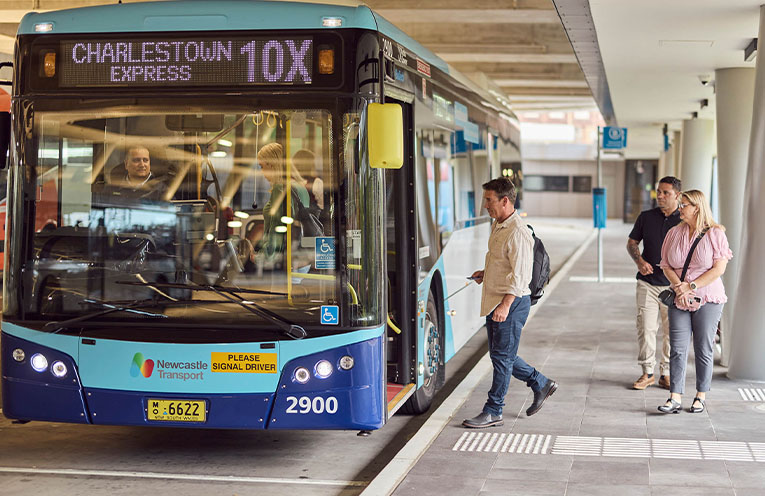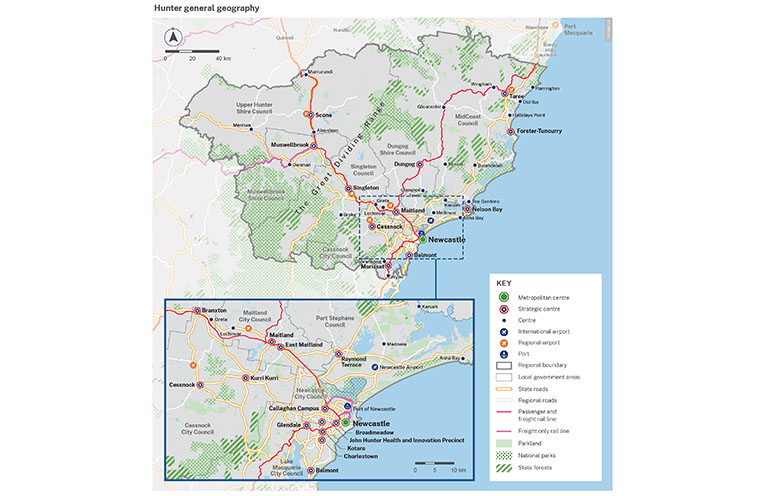THE Hunter needs more public transport.
That’s the key takeaway from the NSW Government’s just-released Hunter Strategic Regional Integrated Transport Plan, which sets out 49 short and medium-term actions across public and active transport, and roads and freight.
Over the next five years, 30,000 new homes are expected to be built across the Lower Hunter and Greater Newcastle, with the population expected to increase by 185,000 by 2041.
“The Hunter is powering NSW, and our transport network needs to keep pace with that growth and ambition,” Minister for the Hunter Yasmin Catley said.
“It’s about making it easier for people to get to work, school, university, the airport and the shops, while also keeping freight moving to support our industries and our economy.
“For locals, it means more reliable public transport, safer roads and better connections between our towns and our growing suburbs.
“For businesses, it means confidence that the Hunter’s transport links are being planned for the long-term, backing jobs and giving industry the certainty it needs.”
The plan includes investigating:
– more reliable and frequent services on the Hunter Rail Line, extending to the strategic centres of Singleton and Muswellbrook
– increased bus services across both peak and non-peak periods
– upgrades to more than 20 key road corridors, including Newcastle Link Road, Cessnock Road and the Morisset M1 interchange.
The Transport Plan also considers the Hunter’s role in renewable energy, identifying critical freight links from the Port of Newcastle to Renewable Energy Zones.
It recommends improving safety with bridge replacements and Pacific Highway intersection upgrades.
It also calls out priority locations including suburbs and regional centres that need better public transport connectivity, as well as key attractions such as Newcastle International Airport, universities and other hubs that need quality public transport access to flourish.
Minister for Roads and Regional Transport Jenny Aitchison said some initiatives are already in the planning stage while others require further investigation.
“We heard loud and clear that public transport is a key priority and this plan identifies opportunities to explore future transport options,” she said.
The plan was finalised following a 10-week formal consultation period including a public “have your say” process.
There were almost 600 responses from residents, businesses, public and active transport users, as well as key stakeholders such as local councils, government agencies, peak bodies, community organisations and transport operators.
The final copy of the Hunter SRITP can be found on the NSW for Transport website.
You can help your local paper.
Make a small once-off, or (if you can) a regular donation.
We are an independent family owned business and our newspapers are free to collect and our news stories are free online.
Help support us into the future.





